Roads and railways that were once symbols of inter-Korean cooperation have been destroyed. North and South Korea are both taking military actions that have pushed tensions very high.
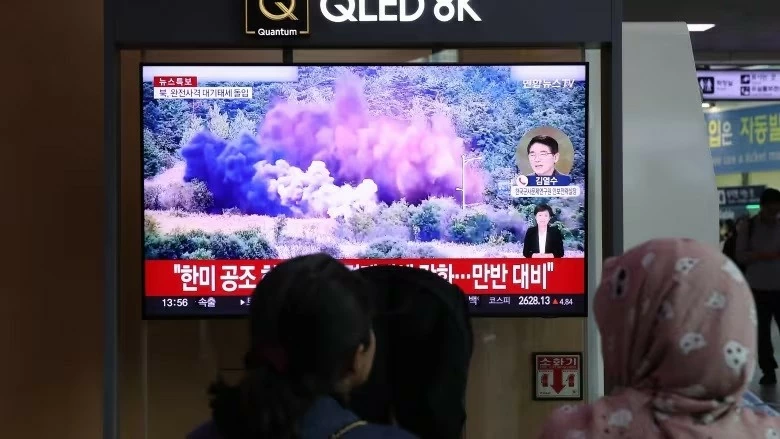 |
| A news program broadcasts footage of North Korea blowing up several sections of road in the North, October 15. (Source: Getty Images) |
Tensions escalate
The Donga Ilbo newspaper on October 15 quoted a South Korean government source as saying that the risk of an inter-Korean conflict at this stage is the greatest since President Yoon Suk Yeol took office (May 2022). Tensions are currently at a peak as North Korea has warned of a large-scale artillery attack in retaliation for "South Korean drones infiltrating Pyongyang".
On the same day, the South Korean Joint Chiefs of Staff (JCS) announced that the country's military fired warning shots south of the Military Demarcation Line (MDL) dividing the Korean Peninsula.
Seoul's move was in response to Pyongyang blowing up part of a road connecting South Korea on the North Korean side after announcing the complete severance of the road and railway that had been considered a symbol of inter-Korean cooperation.
The JCS confirmed that North Korea blew up several sections of the Gyeongui and Donghae roads in the northern part of the MLD at noon on October 15, adding that it has strengthened its surveillance and combat readiness capabilities.
Previously, on October 13, North Korea said that eight artillery brigades were deployed near the front line and were in a state of "ready to fire".
Faced with this situation, the South Korean Joint Chiefs of Staff have ordered their subordinate units to increase surveillance and be ready to fire at the North Korean artillery. The tense situation on the Korean Peninsula is escalating.
The eight artillery brigades Pyongyang announced are units deployed across the MDL stretching from west to east, tasked with targeting South Korea's densely populated urban areas.
Lee Seong Jun, head of the JCS Office, said at a briefing on October 14 that the preliminary combat order issued by the North Korean military was a “preparation order,” meaning all artillery equipment was ready to fire at any time.
"Fatal" threat
Analysts inside and outside the South Korean military estimate that North Korea has about 570 long-range artillery pieces, including about 200 240mm multiple rocket launchers with a maximum range of 65km and can attack urban areas, including northern Seoul if they are deployed near the demarcation line. If North Korea uses 200 240mm multiple rocket launchers with 22 launchers, this force can fire about 4,400 bullets at the same time, which is considered a "fatal" threat to South Korea.
Meanwhile, South Korean surveillance equipment also detected that North Korea was preparing to blow up the Kyungui and Donghae highways connecting the two Koreas. In fact, these routes have long been suspended.
Vice Chairwoman of the Workers' Party of Korea Kim Yo Jong, the powerful sister of leader Kim Jong Un, also hinted in a statement issued on October 14 that the US would be held responsible for the incident involving a South Korean drone invading the capital Pyongyang.
Rodong Sinmun , the official mouthpiece of the Workers' Party of Korea, reported on October 11 that leader Kim Jong Un inspected a 240mm multiple rocket launcher system and watched a test-firing of a rocket launcher produced by a domestic defense enterprise.
In a statement on October 13, Pyongyang emphasized the possibility of eight artillery brigades being ready to attack with a large number of long-range artillery, which can turn Seoul into a "sea of fire" once ordered.
North Korea's long-range artillery system includes 240mm multiple rocket launchers and a new 300mm multiple rocket launcher equipped with a guidance function that was deployed in August. The new multiple rocket launcher system can aim and attack while adjusting its trajectory by attaching fins to the guided missile.
Accordingly, the threat from long-range artillery targeting major facilities in Seoul and the urban area will become more flexible and effective. An artillery brigade in North Korea consists of four artillery battalions equipped with 170 mm self-propelled guns and 240 and 300 mm multiple rocket launchers. A battalion will have a minimum of 18 guns.
In response, South Korea has declared its readiness to fire and deploy advanced artillery such as K-9 self-propelled guns to counter an attack from North Korea.
Everything seems ready
Preparations have been stepped up to the point where these artillery units can be deployed to the necessary positions in the shortest possible time in case of provocation. The information said that South Korea has also increased reconnaissance means such as satellites and drones to monitor every movement of the North Korean military's equipment.
Along with that, the South Korean military announced the normalization of training activities at Yeongpyeong Training Field, the US military's shooting range in Pocheon, Geonggi Province.
Kim Dae Young, a researcher at the Korea Institute for National Strategy, said that instead of launching a bombardment of Yeonpyeong Island like before, North Korea will most likely use some new multiple rocket launchers to accurately bombard South Korean military surveillance facilities targeting North Korea.
The possibility that North Korea will blow up the Kyungui and Donghae routes is seen as aimed at “shocking” South Korea, similar to the bombing of the inter-Korean liaison office in the Kaesong Industrial Complex in 2020. A military source said that preparations for the explosion appear to have been completed and it is only a matter of when to carry it out.
Analysts also point out that North Korea may have a purpose in escalating tensions with South Korea and is maximizing anxiety in South Korean society. However, even after North Korea announced the complete cancellation of the September 19 agreement to reduce military tensions in the border area between the two Koreas in November 2023, the country did not directly threaten to use large-scale long-range artillery against South Korea. Given what is happening on the Korean Peninsula, it can be seen that the level of tension between the two Koreas is being pushed very high.
Source: https://baoquocte.vn/tinh-hinh-ban-dao-trieu-tien-bieu-tuong-hop-tac-tan-tanh-trong-phut-mot-chuyen-gi-sap-xay-ra-290207.html


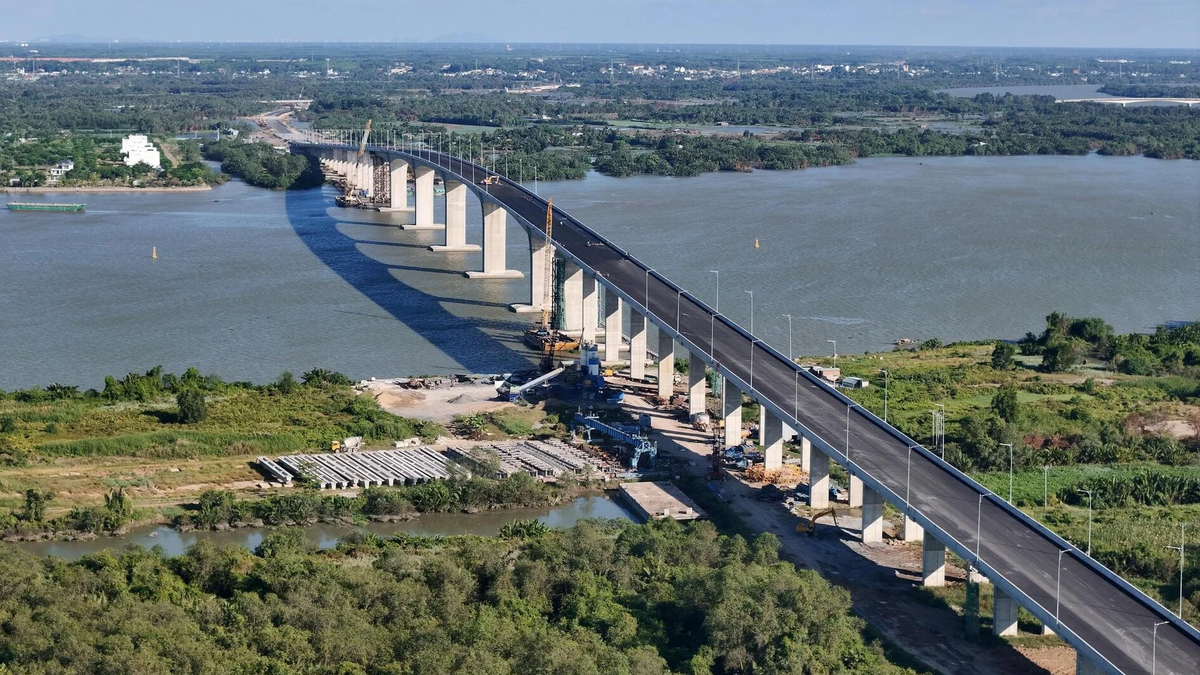
![[Photo] Prime Minister Pham Minh Chinh chairs conference on anti-smuggling, trade fraud, and counterfeit goods](https://vphoto.vietnam.vn/thumb/1200x675/vietnam/resource/IMAGE/2025/5/14/6cd67667e99e4248b7d4f587fd21e37c)


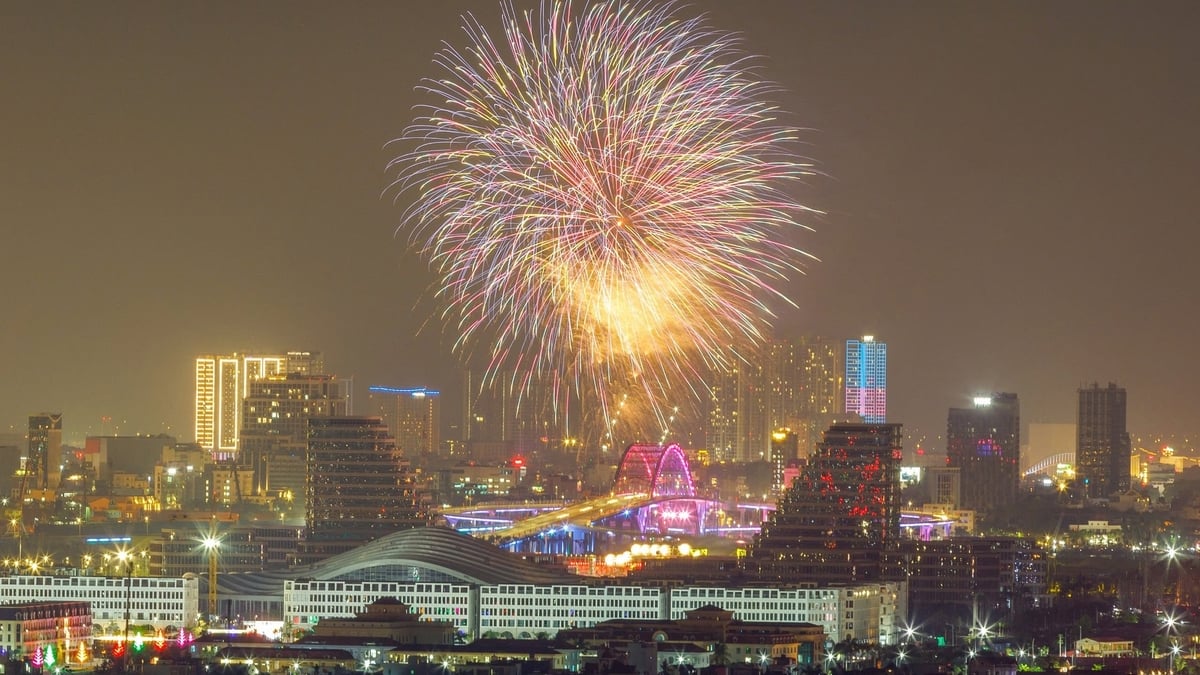




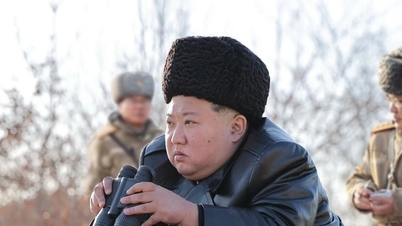









![[Infographics] Vietnam re-elected Chairman of the World Customs Organization's Standing Technical Committee](https://vphoto.vietnam.vn/thumb/402x226/vietnam/resource/IMAGE/2025/5/14/ae5e22967ce14621b808fd71d3308f63)

















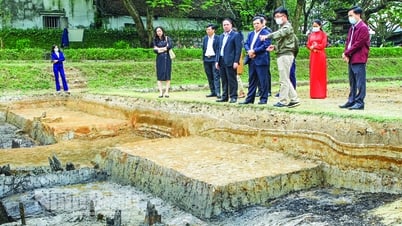











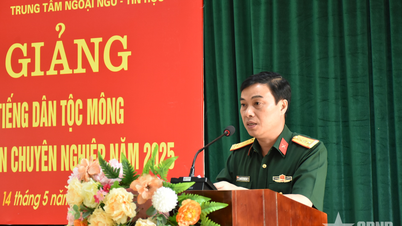












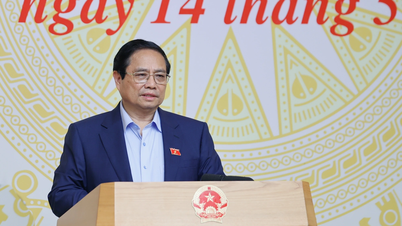
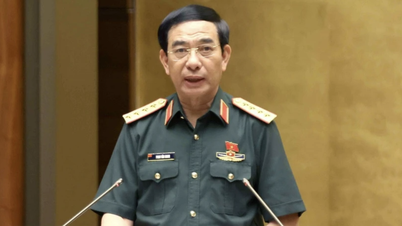
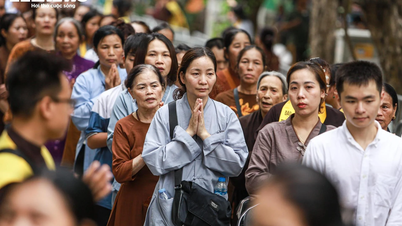

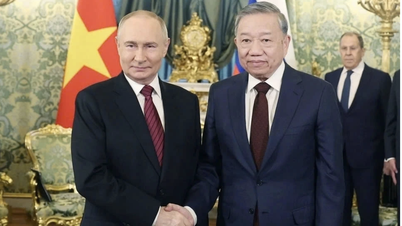













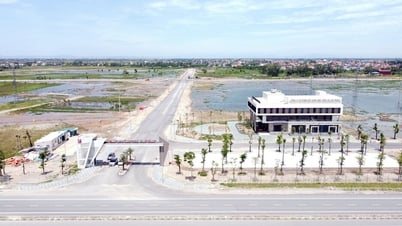














Comment (0)